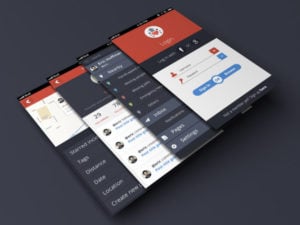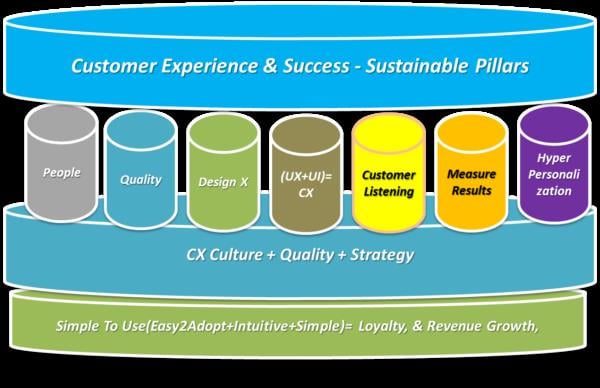
What are 20 real steps to cutting waste out of your products, services, and experiences to make sure you deliver what the customer needs to solve their pain points?
1. Roadmap prioritization: create the “MVP” minimal viable list of features and functionalities for customer and user benefit. Avoiding quantity but focusing in added value and quality of design.
2. WSJF: As Mike Biggs advice consider using the weighted shortest job first (WSJF) model from Agile, this helps while choosing the right path with the right focus in prioritization, considering risks, business value, cost of delay per feature designed.
3. Monitoring features and functionalities with measurable KPI’s: Always align a feature with a way to monitor how this is being adopted by user, attaching a KPI metric or measure to it and checking adoption and usage during certain pre-determined time frame. If adoption is poor, this might be something you can cut.
4. Do not overload customer with features or functionalities: The stress created leads to churn instead of adoption. Roland T. Rust, Debora Viana Thompson, and Rebecca W. Hamilton have a great old HBR article about this: less means literally more when creating an objective user and customer experience design.
5. Budget Impact and change: Complexity and useless features and functionalities have a high cost.. Your customer….All features request budget allocation. What will be the impact if this feature will not be available for customers anymore? Will the company lose customers or their willingness to keep working with you?.. and.. What will be the impact on loyalty, satisfaction, and revenue? Sometimes is better to keep a feature than to lost a customer even if is useless to you. Analyze it well always.
6. Add maximum value per feature experience: Remember, we want to cut the features that provide the least value. It is very important to think about how the user will experience the functionality step by step. “Process flows” can be created to show this, by thinking about what the user is trying to do (what the initial problem is they are solving) at each step and describing the flow in that manner. The flows should be based on how the user will receive value, not how they access specific functions in the product.”
7. Use emotion to connect but do not focus in your emotion to decide what should stay or go: Collaborate with your teams, customers, discussion groups, test, prototype and marketing, services teams and all possible communities and touch points. Make sure you leave what will benefit customer solution usage outcome and your application target. Simple! Cut the rest!
8. Don’t think that many features and ways to solve an issue is a good thing: Options are good, but customers don’t want to be overwhelmed. Always think about the human design centric impact.
9. The user will have access to different features then the management: Cut what is unnecessary for them. Leave the clear and crispy features and functionalities needed.
10. Defining rules, parameters and business logic: Don’t clean the dirty laundry in public. The end user doesn’t need to see or understand your whole back end. Think of Amazon. They have a very complex back end but all you see as a customer is a box to type in and some products that display after a search. The customer doesn’t care about the bells and whistles. They care about getting what they need.
You also will need to understand some of the sustainable pillars of CX, as reflected here

Loyalty and revenue growth are the desired end results of this process. That’s what Customer Experience, UX and experience design should always be driving towards, right or wrong? What do you think?
This article was originally posted at Eglobalis Blog.
The process picture above: © 2017 -2020. Ricardo Gulko & Eglobalis. All Rights Reserved.
My previous post at Customerthink:
How do you know if your Customer Experience, Technology Product or Service is too Complex? by @RicardoSGulko http://customerthink.com/how-do-you-know-if-your-customer-experience-technology-product-or-service-is-too-complex/ via @CustomerThink



